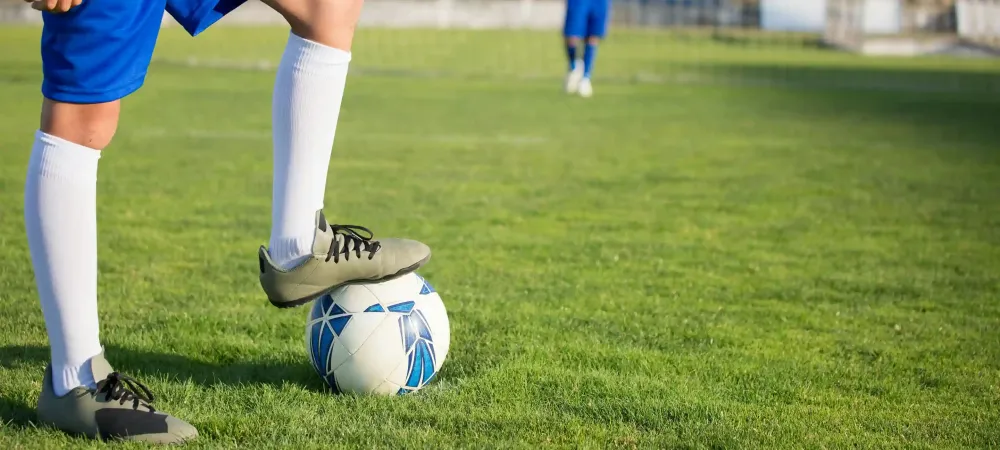Fungus and Disease Control | Athletic Field Maintenance

Athletic fields are more than just grassy expanses; they are vital spaces where athletes train, compete, and perform at their best. Maintaining these fields requires more than routine mowing and watering—it demands proactive care to prevent the damage caused by lawn fungus and diseases. In the Midwest, where the weather can be unpredictable, effective athletic field maintenance is crucial for keeping turf healthy and ready for play. This comprehensive guide explores the critical aspects of sports turf management, focusing on fungus and disease control as essential components of athletic field maintenance.
Common Turf Diseases Threatening Midwest Athletic Fields
Athletic fields in the Midwest face specific challenges due to weather conditions that foster various lawn diseases. Below are the most prevalent turf diseases that can severely impact athletic fields:
- Dollar Spot: Characterized by small, straw-colored patches, this disease thrives in humid conditions, making it a common issue during late spring and early fall.
- Brown Patch: Irregularly shaped brown patches develop rapidly during warm, humid weather, particularly when night temperatures remain above 60°F. This disease spreads quickly, especially in heavily used fields.
- Pythium Blight: Known for its rapid spread in poorly drained areas, Pythium Blight can kill turf overnight. This disease is most dangerous during hot, wet conditions, typically in mid-summer.
- Snow Mold: A winter disease that damages turf under snow cover, leading to unsightly dead patches when the snow melts. This is especially prevalent in fields that remain covered for extended periods.
Each of these diseases can wreak havoc on your field, affecting its appearance and safety for athletes.
The Impact of Fungal Diseases on Turf Health and Safety
Neglecting fungal diseases in athletic field maintenance can lead to severe consequences. Here’s why proactive disease control is vital:
- Prevents Turf Damage: Fungal diseases weaken the grass structure, making it more prone to wear and tear. Unaddressed infections lead to bare patches, reducing the field's playability.
- Reduces Player Injuries: Uneven or damaged turf caused by fungal diseases increases the risk of athlete injuries. Ensuring a smooth, disease-free surface provides a safer playing environment.
- Saves on Future Costs: Early identification and treatment of turf diseases can prevent significant damage that might require field repairs or even complete renovation.
Adapting Maintenance to Midwest Weather Conditions
The Midwest's weather demands tailored maintenance strategies for athletic fields. Hot, humid summers can encourage the growth of diseases like Brown Patch and Pythium Blight, while cold winters can bring about Snow Mold. Adjusting irrigation schedules, improving drainage, and applying fungicides seasonally can help field managers stay ahead of potential outbreaks, ensuring that the turf remains healthy regardless of the weather.
Preventative Care: The Key to Long-Term Savings
Prevention is more cost-effective than addressing major disease outbreaks. Regular monitoring, timely fungicide applications, and the implementation of best turf management practices reduce the likelihood of extensive damage. Investing in proactive care ensures that fields remain in top condition throughout the year, keeping athletes safe and fields playable while avoiding costly repairs.
Simplifying Routine Athletic Field Maintenance with RZ Sports Turf
Effective athletic field maintenance goes beyond routine care—it’s about keeping your turf game-ready and resilient against turf diseases. With the Midwest’s unpredictable climate, RZ Sports Turf offers customized maintenance solutions that adapt to your field’s specific needs, ensuring year-round protection.
By choosing RZ Sports Turf, you are investing in safe, high-quality surfaces that prevent costly damage and reduce player injury risks. Let us handle the complexities of turf care, so your athletes can perform on top-tier fields every time.